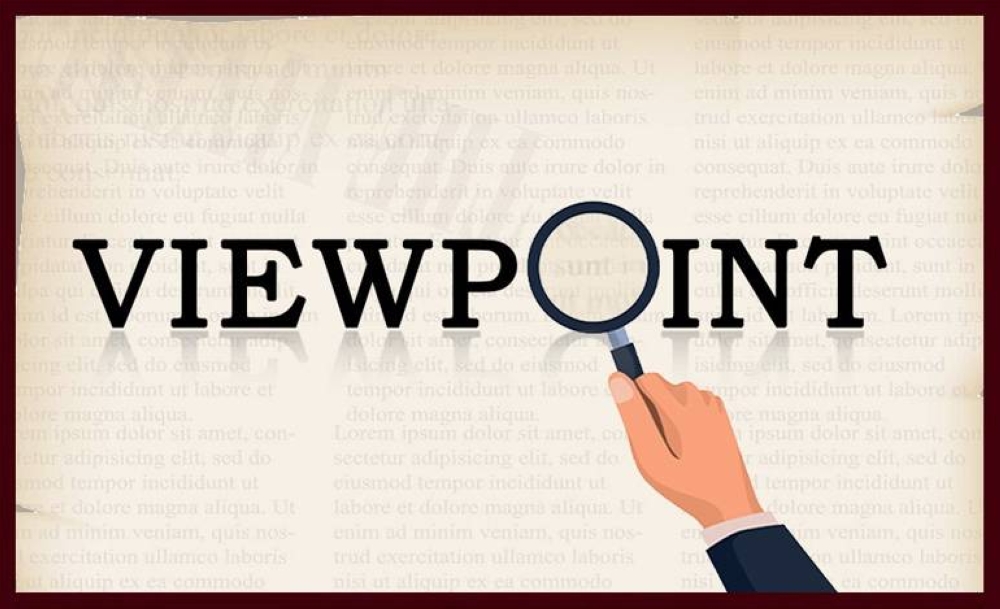Investors and companies are seen increasingly turning to Europe, drawn by an infrastructure and defence spending drive that offers stability at a time when President Donald Trump’s erratic tariff policies have made the US market a less safe bet.
“The US is coming from a very capital market-friendly and stable environment. Now there is political intervention and also an attempt to expand power,” said Christoph Witzke, who heads the CIO office at Deka, one of Germany’s largest investment funds. “This creates uncertainty that some kind of intervention... could come at any time.”
With a July 9 deadline for a trade deal looming and Trump saying he will impose 50% tariffs on all EU goods without a deal - investors have started shifting their money.
Data from LSEG’s Lipper Funds show that more than $100bn has flowed into European equity funds so far this year - up threefold from the same period last year - while outflows from the US more than doubled to nearly $87bn.
This shift in focus was also illustrated by the weak market debut of Holcim’s North American spin-off Amrize in late June, which was announced to much fanfare in early 2024 at a time when the lure of US valuations also got some of its rivals excited.
In contrast, the share price of Holcim itself, now squarely focused on Europe, Latin America and North Africa, soared 15%.
BlackRock sees European fixed income benefiting from any investor shift away from the US, signalling caution around unpredictable US policy and ballooning government debt.
Foreign investors are stepping back from the US and its “special status” in financial markets could be challenged if the country’s government debt is left unchecked, according to BlackRock’s fixed income outlook.
Investors entered the year with a record high allocation to US stocks, emboldened by a robust economy and bets around artificial intelligence.
That optimism was all but abandoned within months, first as Chinese startup DeepSeek challenged the US’ dominance in the AI race, and later on fears that Trump’s tariffs would tip the economy into a recession, according to a Bloomberg report.
Nearly $7tn of market capitalisation was wiped from the technology-heavy Nasdaq 100 Index between a February peak and an April low.
But Trump’s decision later that month to pause some of the highest tariffs in a century proved pivotal.
The S&P 500 hit a record high as data show the economy chugging along and with technology heavyweights in vogue again.
Wall Street strategists are now taking an optimistic tone on US stocks for the second half.
Trump’s low-tax, high-tariff policies were expected to stoke inflation and reduce the chances of interest-rate cuts from the Federal Reserve — factors seen propelling the dollar’s supremacy well into 2025.
Instead, a Bloomberg gauge of the currency posted its worst start to a year since at least 2005, and its hegemony is being debated ever more fiercely.
The “Liberation Day” tariffs at the start of April were so sweeping and punitive that they fuelled fears of a US recession and fanned
speculation Trump was seeking to buoy domestic manufacturing by engineering a weaker dollar.
That’s a dangerous game: the US depends on foreign investors to buy its mountainous debt pile, and a weaker greenback erodes returns on those bonds.
But the picture is not all rosy for Europe, with several investors pointing out that the continent is now under pressure to act faster, create better regulation and make good on its spending pledges.
Deutsche Bank CEO Christian Sewing last week said investor interest in Europe and Germany was huge - while still cautioning that conditions needed to be stable in the long-term.
“These are not people who invest within two days. But of course they see what is happening in the world right now.”
Opinion
Investors contrast Europe stability with concerns over US
The US depends on foreign investors to buy its mountainous debt pile, and a weaker greenback erodes returns on those bonds

